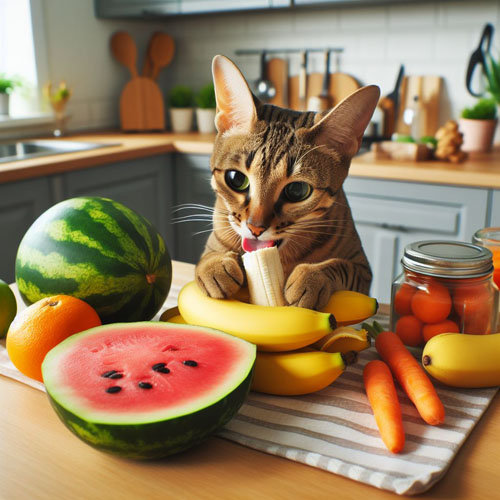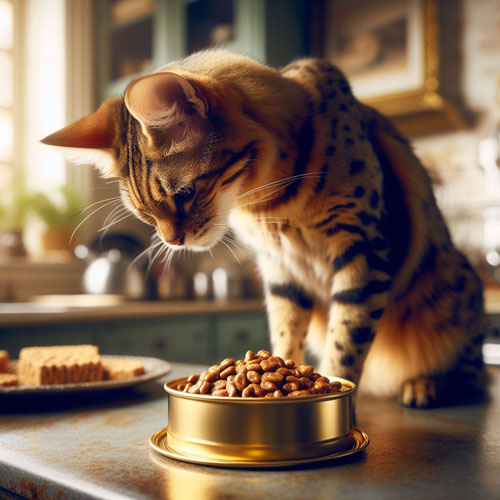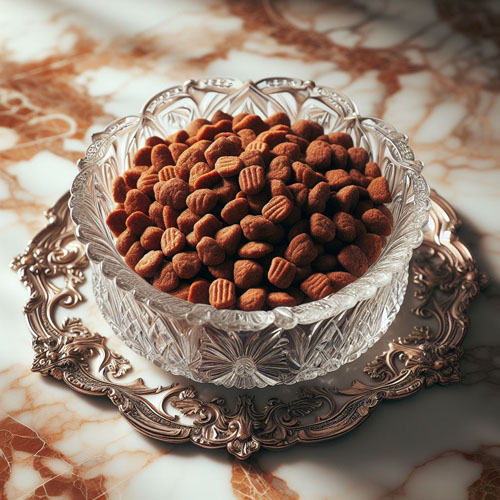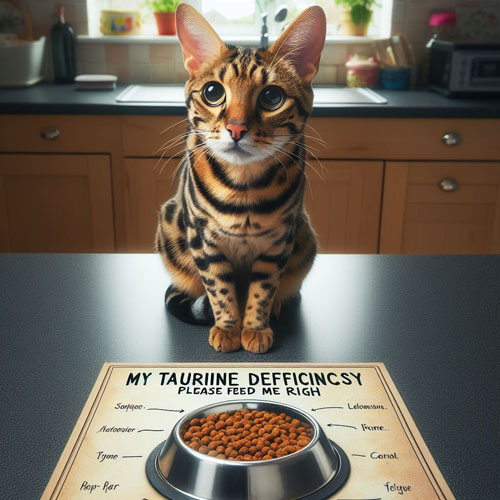Cat Food: Ensuring Optimal Nutrition for Your Feline Companion – No Rendered Fats
Cats are known for their independent nature, sleek physique, and discerning palate. As responsible pet owners, it is paramount to provide our feline friends with a well-balanced diet that meets their nutritional needs. One crucial aspect of cat food that often goes unnoticed is the utilization of rendered fats. In this article, we will explore the importance of understanding the source of fats in your cat’s diet and how it can impact their overall health and well-being.
Rendered fats, commonly used for flavor enhancement in cat food, can have significant implications for our furry companions. While these fats may contribute to a delectable taste, they can also serve as a breeding ground for harmful bacteria and contain potentially hazardous toxins. To ensure the optimal health of your cat, it is imperative to be aware of the quality and source of the fats in their food.
When selecting cat food, it is advisable to seek out specified fat sources such as chicken fat. Unlike rendered fats, these specified sources offer numerous benefits without compromising the well-being of your feline companion. Chicken fat, for example, not only provides a delectable taste but also serves as a rich source of essential fatty acids, which are crucial for maintaining healthy skin and a lustrous coat.
Furthermore, specified fat sources like chicken fat offer a more controlled environment for bacterial growth, minimizing the risk of potential infections. By opting for cat food that embraces these higher quality fat sources, you can significantly reduce the health risks associated with rendered fats.
Another crucial factor to consider when choosing cat food is the overall nutritional profile it provides. Cats are obligate carnivores, meaning their bodies are specifically adapted to extract essential nutrients primarily from animal-based sources. To meet their unique nutritional needs, cat food should contain a significant amount of high-quality protein.
When examining cat food labels, ensure that the protein source is clearly defined, such as chicken, turkey, or fish. Avoid generic terms like “meat” or “animal by-products” as they provide limited insight into the actual protein content and quality. Additionally, aim for products that list meat as the primary ingredient, indicating a higher concentration of essential amino acids necessary for your cat’s proper growth and muscle development.
In conclusion, selecting the right cat food plays a pivotal role in maintaining your feline companion’s overall health and well-being. Rendering fats may enhance taste, but they can also pose serious health risks due to bacterial growth and toxin content. Opting for specified fat sources like chicken fat not only provides a delectable flavor but also safeguards against potential infections. Furthermore, prioritizing high-quality protein sources ensures that your cat receives essential nutrients vital for their optimal growth and muscle development.
Remember, as responsible pet owners, it is our duty to make informed choices regarding the food we provide for our cherished feline companions. By understanding the significance of fat sources and prioritizing quality ingredients, we can ensure our cats lead healthy, fulfilling lives. So, choose wisely, and let your cat reap the benefits of a well-rounded, nutritious diet.





